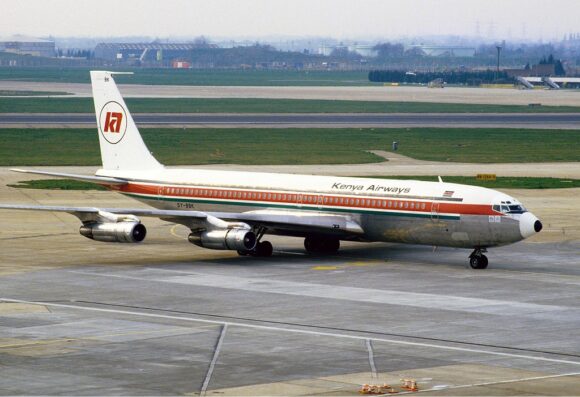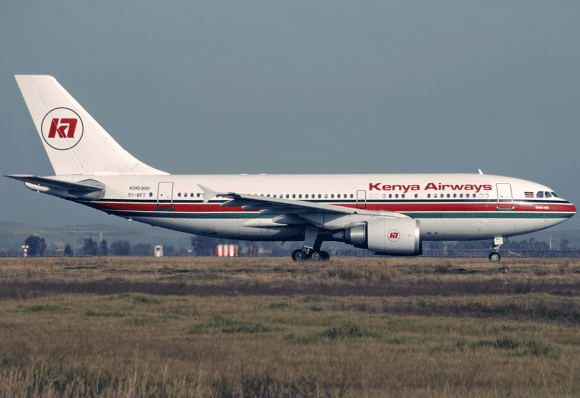Kenya Airways, once the pride of Africa and one of the continent’s leading airlines, is struggling. The company has recorded more than eight-year consecutive losses; the result of a poorly managed expansion strategy.
The airline’s fleet shrunk while expansion has been drastically cut to stem cash burn. The carrier, before the coming of Emirates and Qatar to Nigeria over a decade ago, operated to East Africa, Middle-East, and to Europe. In fact, it was the carrier of choice among Nigerians, Ghanaians, and West Africans to East Africa, Middle-East and Europe.
Along with Africa’s most profitable airline, Ethiopian, Kenya Airways quickly spread its wings to Abuja but had since left the Abuja route amid stiff competition from Ethiopia and Emirates. Country Manager, Kenya Airways (Nigeria), Mr. Hafeez Balogun told AirInsight that the airline’s operations are very quiet, saying, “Nothing is happening for now. We are trying to cut costs. There is no expansion for now. We have been able and trying to stabilize”.
The loss-making airline (48.9% government-owned and 7.8% held by Air France-KLM) was privatized 25 years ago but sank into debt and losses in 2014. Lawmakers voted to re-nationalize late last year. “The Transport Ministry needed three months to think through and then give a proposal on the aviation shareholding company and the entire structure,” David Pkosing, the chairman of parliament’s transport committee, said recently.
From the start, Kenya Airways flew a mix of domestic and international flights. In 1977, two Boeing 707-321s began flying the Nairobi – Frankfurt – London route. They leased these two planes from British Midland. Locally, the airline was using a Douglas DC-9-52 and several Fokker F27-200s. The airline flourished over the next few years. By 1980, Kenya Airways was flying five Boeings and had significantly expanded its range of international destinations. Most of these destinations were in Africa, but Kenya Airways was also stretching its wings as far as Mumbai and Zurich.
In the mid-1980s, Kenya Airways began flying A310s. These were a mixture of A310-200s and A310-300s. They leased these aircraft and over the remaining 1980s, there was a bit of aircraft shuffling as planes went back and forth to lessors.
In 1990, a Boeing 757-200 came into the fleet. A pair of 737-200s followed it in 1991. But privatization of the airline dominated the 1990s. The opinion in Kenya was that the airline would do better if they privatized it. The process took a few years to get off the ground, but Kenya Airways was publicly floated in 1996. In the deal, KLM took a 26% holding, the Kenyan government took a 23% holding, and the remaining 51% was publicly available.
Kenya Airways will end its strategic partnership with Air France-KLM next September. The airlines had already suspended their alliance for 2020 following the closure of flights and ongoing crisis. The end of the partnership comes as Kenya Airways is in talks of potential nationalization.
In recent weeks, the direction at Kenya Airways has altered again. This brought to the fore at-risk African national airlines whose fortune has been seriously hit by COVID-19, with many of them like South Africa Airways, at the brink of collapse. Many of these national carriers have rich histories, but without major restructuring, all continue to suffer. If they want to keep flying many will require taxpayers’ largesse.
Views: 8






